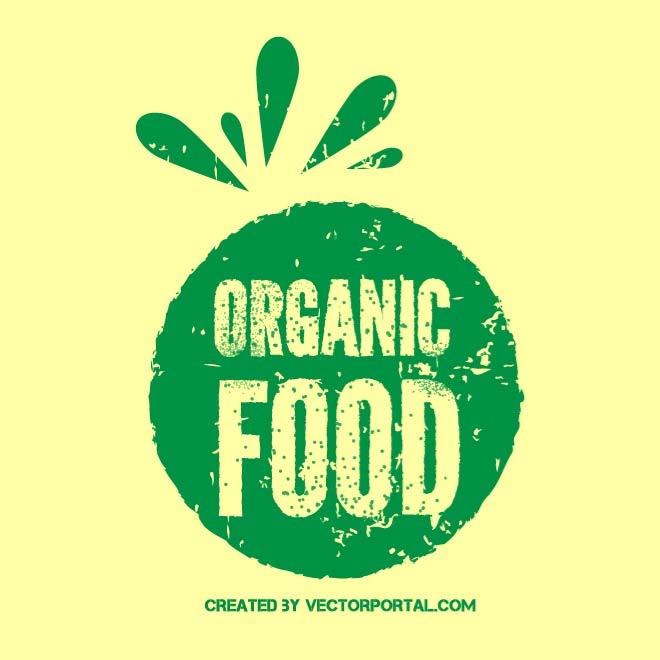Choosing organic food for your family is something that requires a of of care. With so many labels and certifications, it’s easy to get lost in the aisle. This guide breaks down the key aspects to consider when making informed, healthy choices.
Understanding Organic Certification:
The cornerstone of organic food shopping is understanding certification. Look for seals from accredited organizations like the USDA Organic seal (in the US) or equivalent certifications in your country. The seals provide credibility about the authenticity of the item and assures that that the product meets specific standards regarding:
- No GMOs (Genetically Modified Organisms): Organic products cannot be derived from genetically modified seeds or plants.
- Stringent processing standards: Processing methods must also adhere to organic guidelines.
- Beyond the Seal: Key Considerations:
While the certification seal is crucial, other factors influence the quality and nutritional value of organic food:
- Source & Location: Consider purchasing locally sourced organic produce whenever possible. This reduces transportation costs and environmental impact, and often supports local farmers. Look for farmers’ markets or shops that emphasize regional products.
- Seasonality: Fruits and vegetables taste best and contain the highest nutrient levels when they’re in season. Embrace seasonal eating by choosing what’s locally available at its peak.
- Variety: Aim for a diverse diet that incorporates a wide range of organic fruits, vegetables, whole grains, legumes, and lean proteins.
Price: Organic food often costs more. Prioritize the most pesticide-heavy produce (the “Dirty Dozen” list published annually by the Environmental Working Group is a helpful resource) for organic purchases, and consider buying conventional options for less pesticide-prone items (the “Clean Fifteen”).
Storage & Handling: Properly storing organic food is crucial to maintaining its freshness and nutritional value.
Label Reading: Scrutinize labels carefully. Some products might be “organic” only in part, meaning some ingredients may not meet organic standards. Look for the percentage of organic ingredients if the entire product isn’t certified.
Addressing Common Concerns:
Is organic food really healthier? While definitive proof of superior nutritional value remains a subject of ongoing research, organic farming practices often result in higher levels of certain antioxidants and nutrients. The absence of synthetic pesticides is also a significant health benefit.
Is organic food worth the cost? The answer is quite varied. Consider the benefits that accrue including of reduced pesticide exposure and potential nutritional advantages against the higher price.
Making it work for your family:
Budget wisely: Plan your meals around seasonal produce and utilize strategies like freezing or preserving excess to reduce food waste and costs.
Teach children to help choose and prepare organic food. This process encourages young individuals to adopt sustained, healthier eating habits.
Choosing the best organic food for your family is a journey, not a destination. By understanding certifications, considering diverse factors, and making informed choices, you can build a healthier and more sustainable diet for your family.
